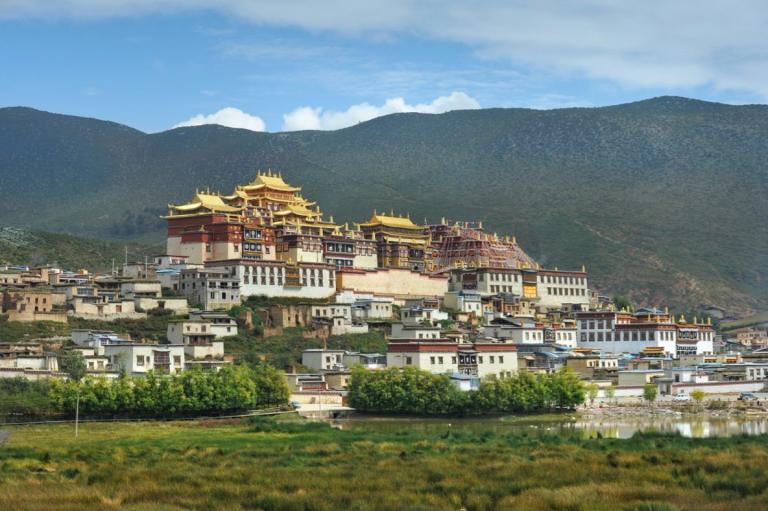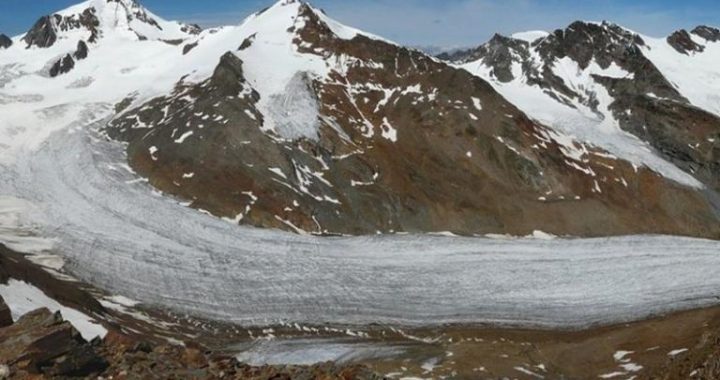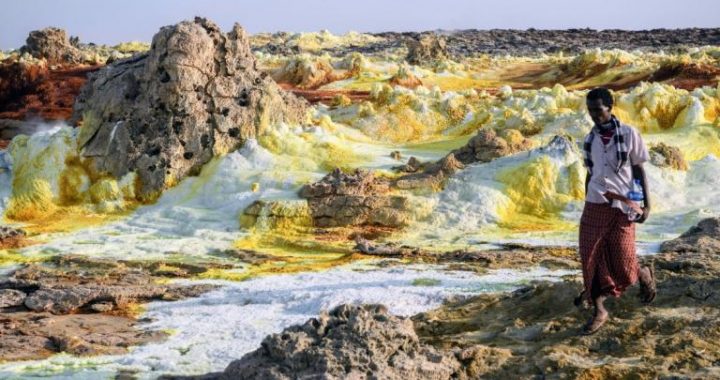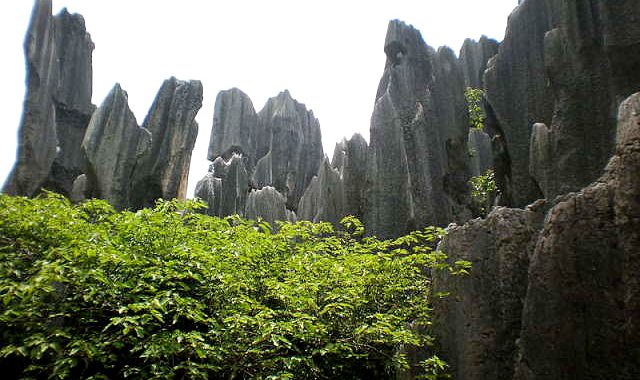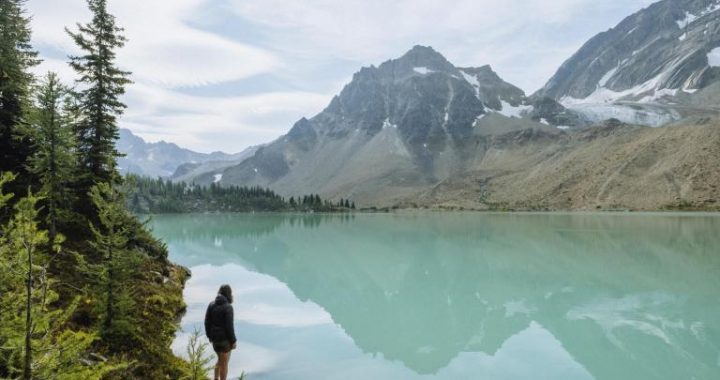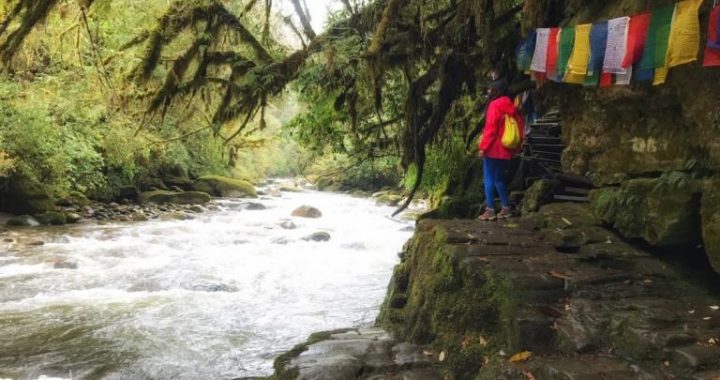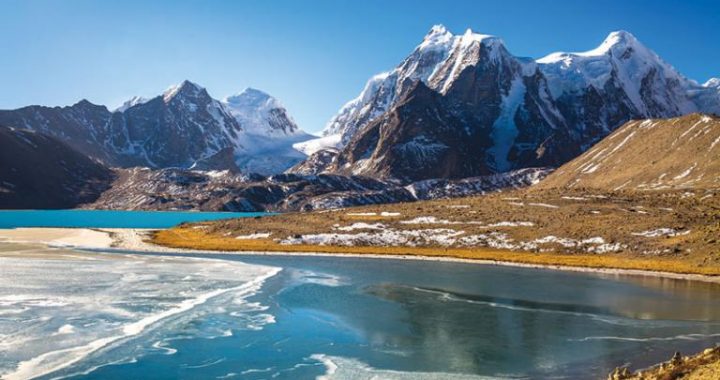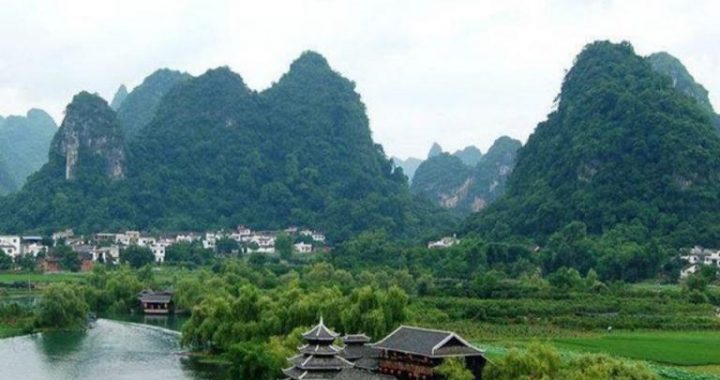Introduction of Shangri-La
2 min readYunnan Province is in far southwest China and is the country’s gateway to ISoutheast Asia, with Viet Nam, Laos, Thailand, and Myanmar forming its southern border.A part of China for centuries, Yunnan has always been its hinterland owing to the great distance from government power, difficult transportation due to rugged terrain, relatively unproductive land, and habitation by diverse ethnic groups. The name Yunnan means “south of the clouds,”apparently referring to perpetually cloudy Sichuan to the north.

While not always sunny, Yunnan does have an equitable climate resulting from that knockout combination of low latitude and high altitude, as all travel guidebooks attest. In addition to a wonderful climate, the travel guides also expound upon the near universal appeal that Yunnan has for tourists dueto breathtaking scenery that supports extraordinary levels of biological and cultural diversity.
The northwestern part of Yunnan covers a reasonably coherent geographical region. It is made up of 15 counties and one county-level municipal district that lie in the mountainous transition between the alpine Tibetan Plateau and subtropical Yunnan Plateau. Occurring here are the first Himalayan-sized peaks when approached from the east.
Beginning in 2001, northwest Yunnan became the venue for my five-year project to document change through repeat photography. In this section,I begin by describing the art and(mostly) adventure of repeat photography and how I applied it to the environment and culture of northwest Yunnan.
Next,I introduce this enchanted land and its people as context for the repeat photography and stories that follow. As you will see, each photo sequence references the dominant ethnic group of the scene for cultural context and elevation of the photo point to give a sense of the physical geography.
Following place and people,I explain my work in northwest Yunnan, the conservation of nature, and how these repeat photos informed that mission. Finally,I examine the Western explorers on whose photographs and writings I rely. This is a very brief treatment of a complex and interesting history, which could be the subject of an entire book by itself. But I do pay special attention to the 12 Western photographers whose old photographs I use in this book. These short biographies give a glimpse of the Westerners trotting around Yunnan between the 1840s and 1950.
